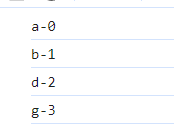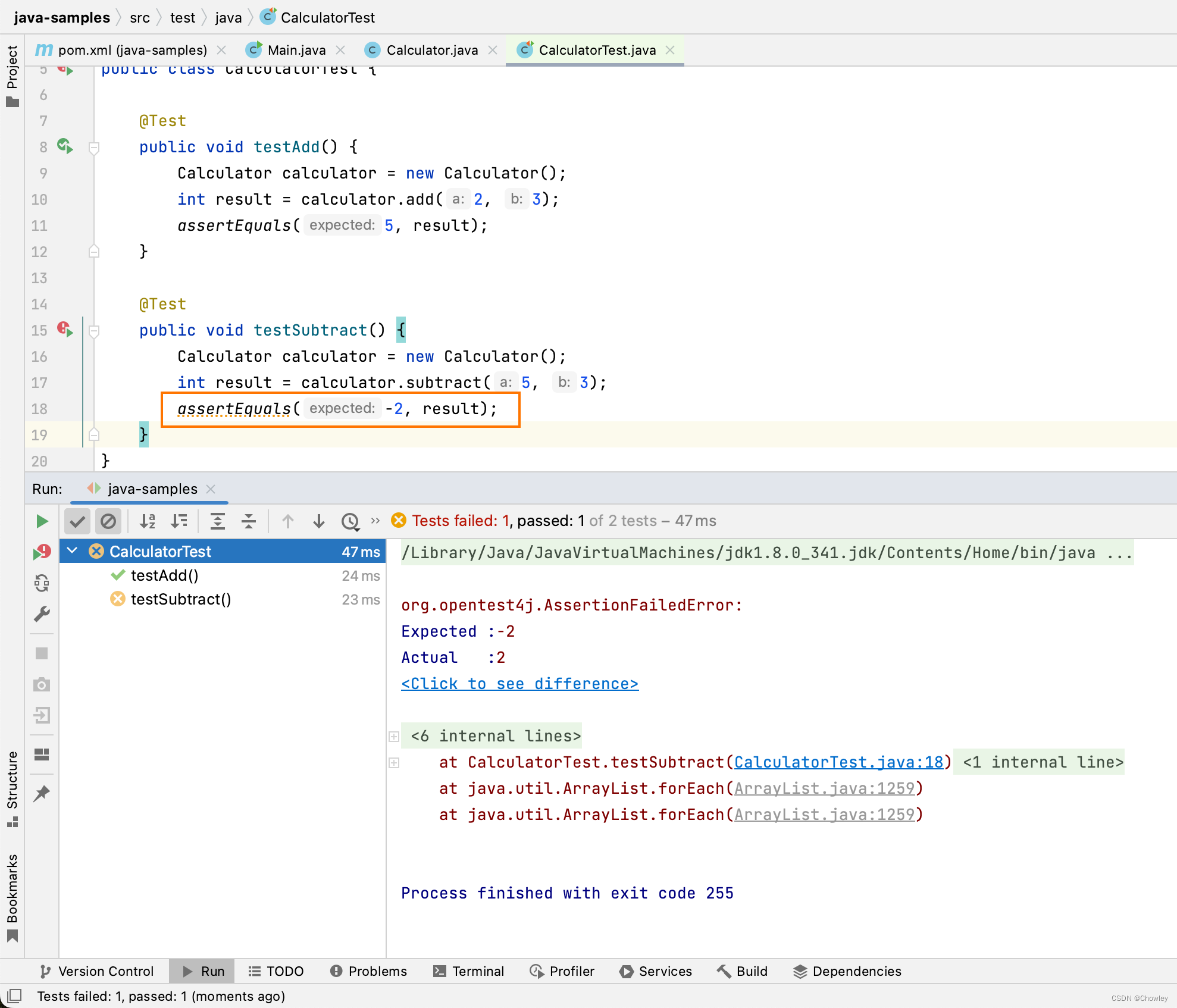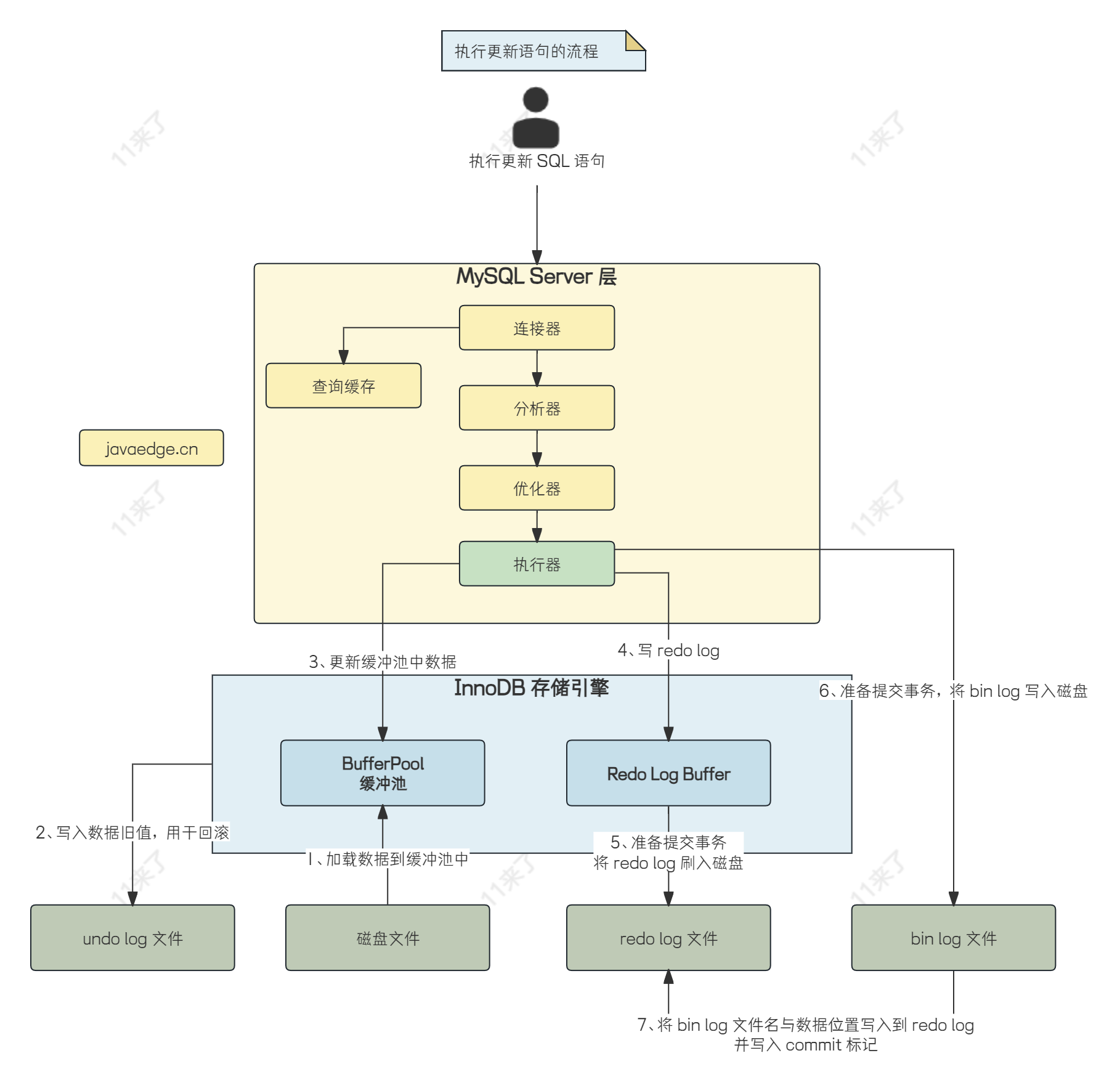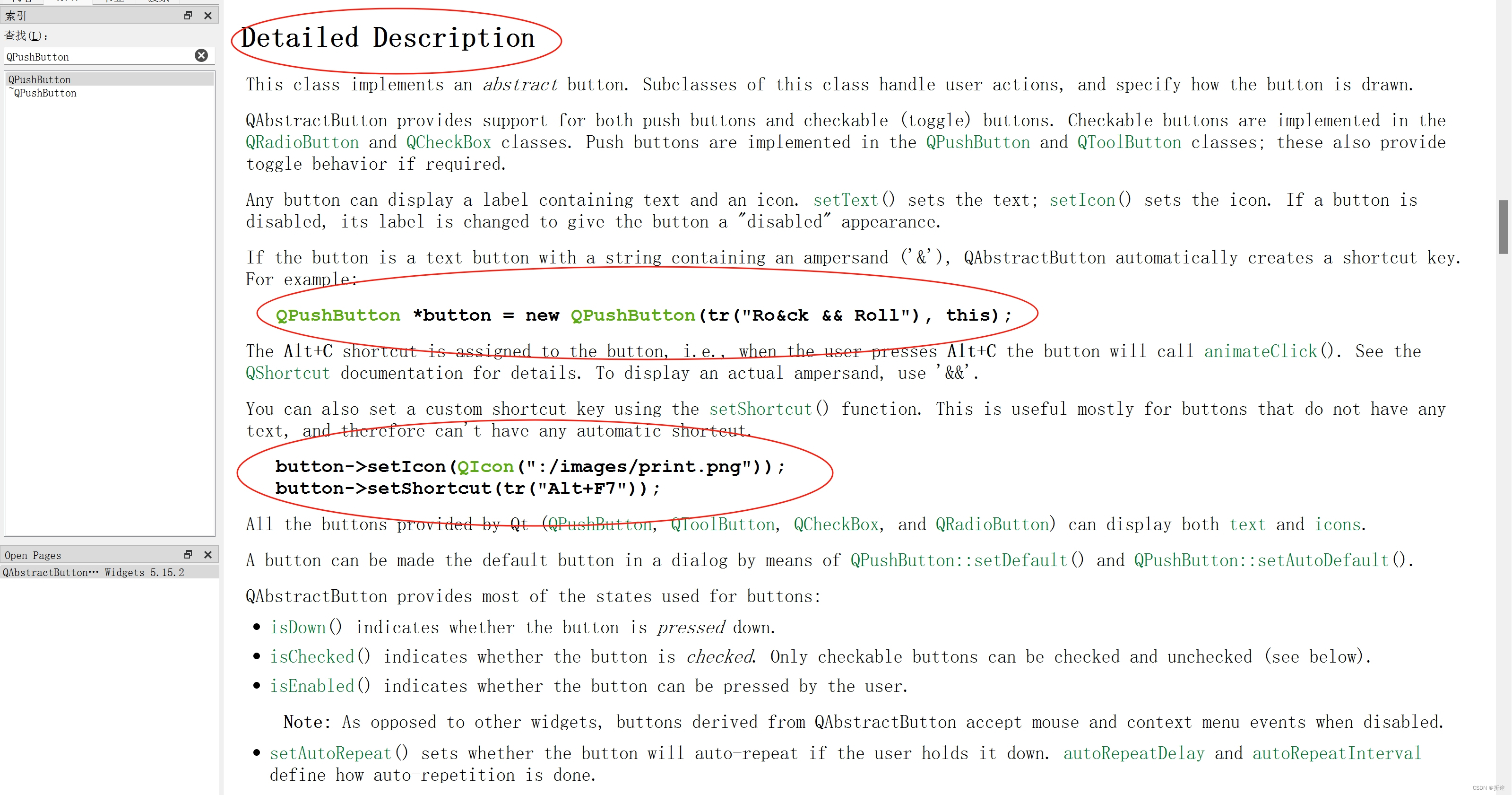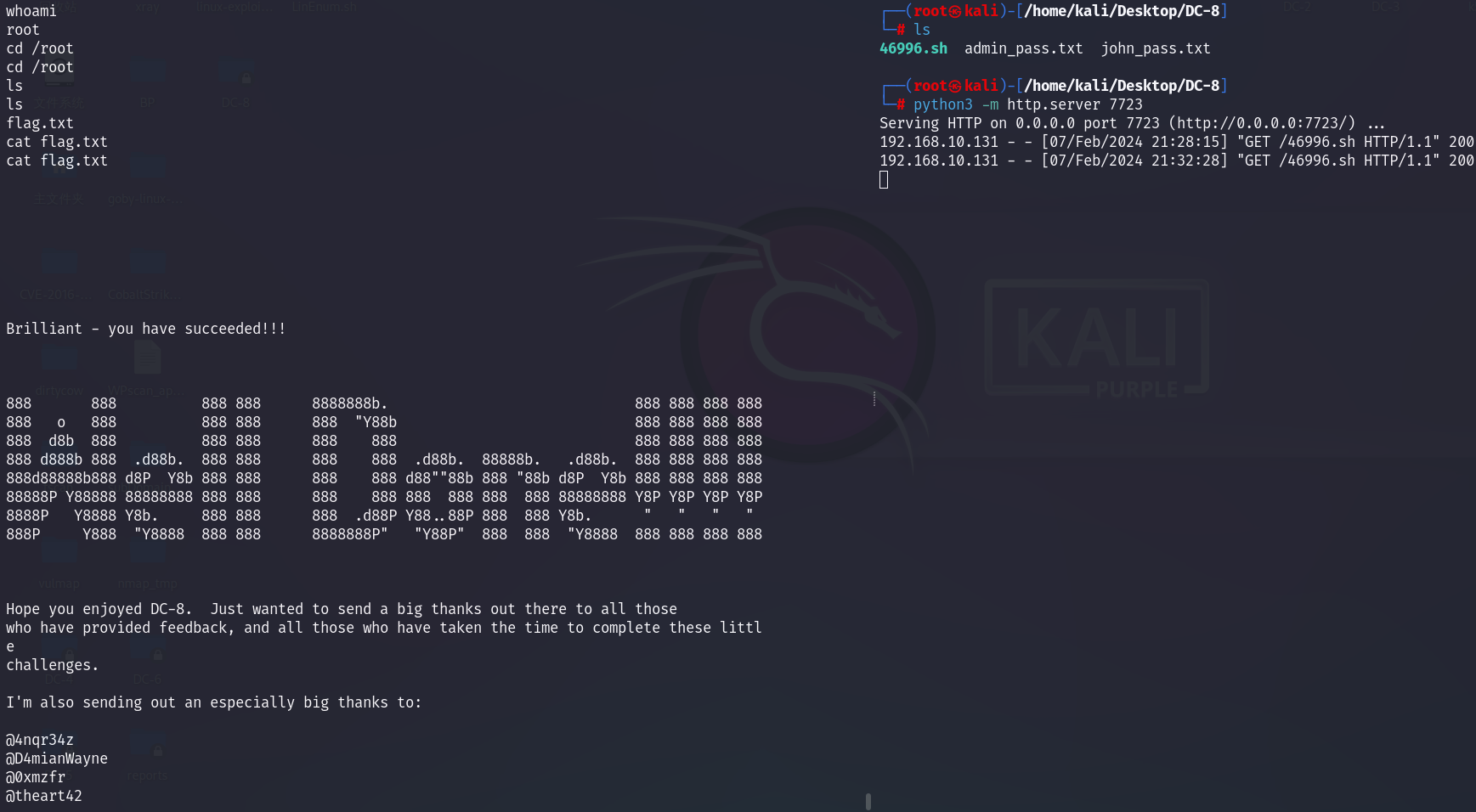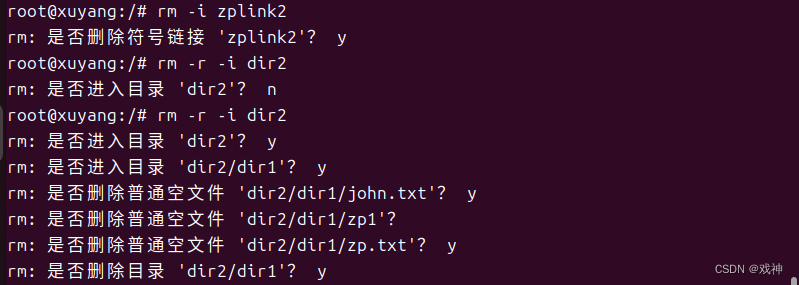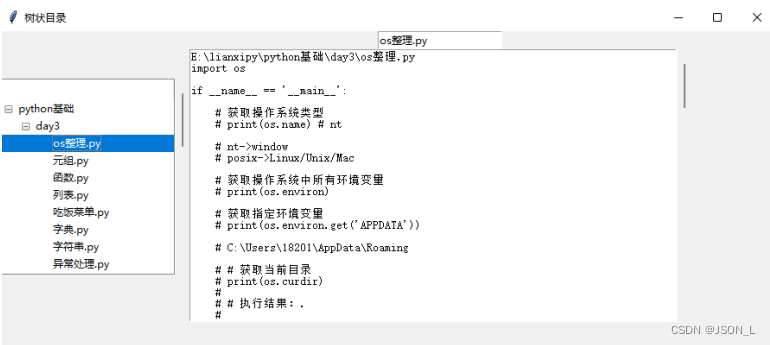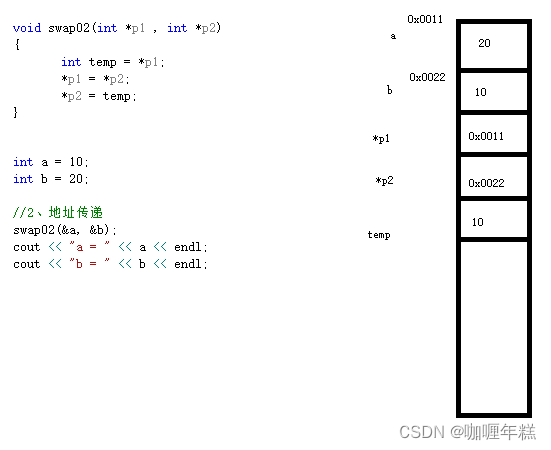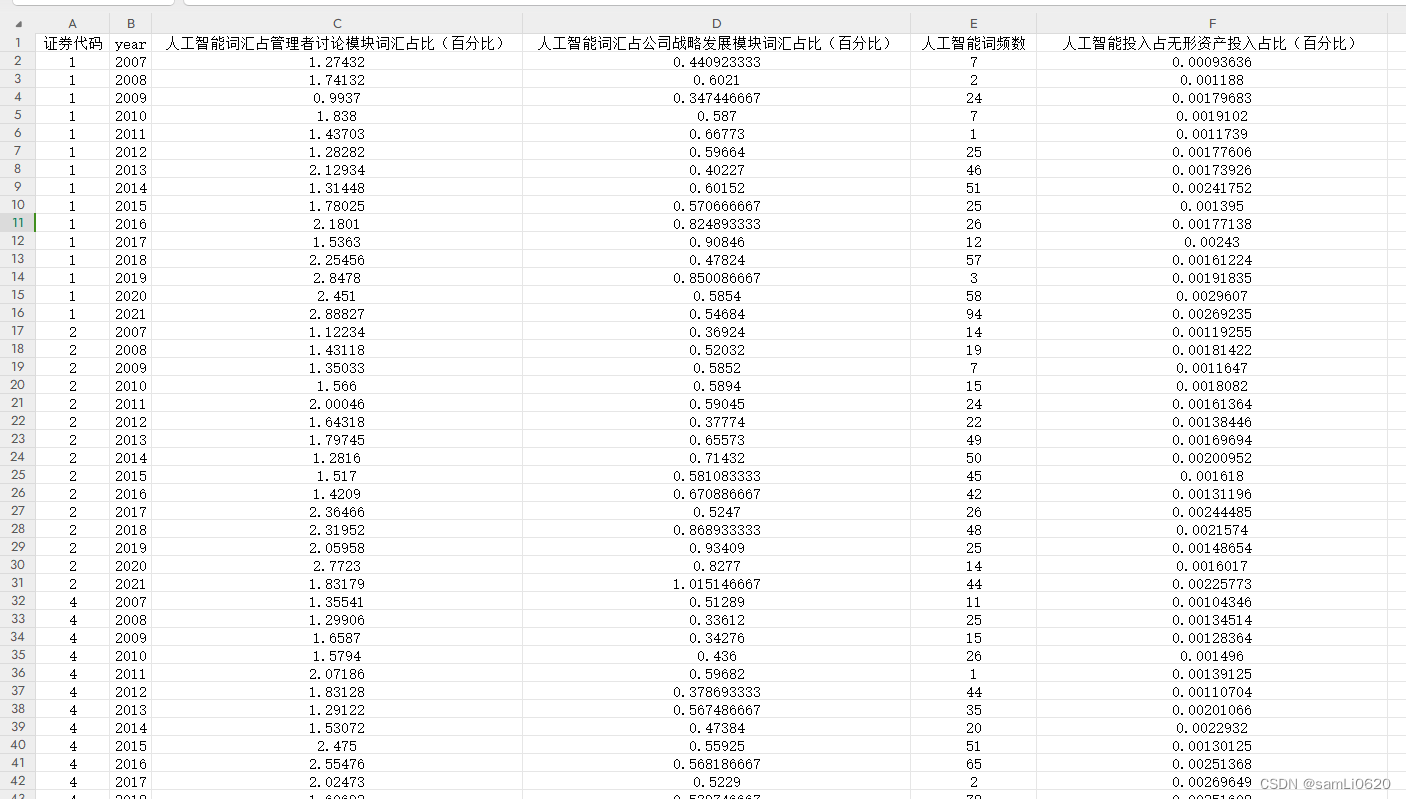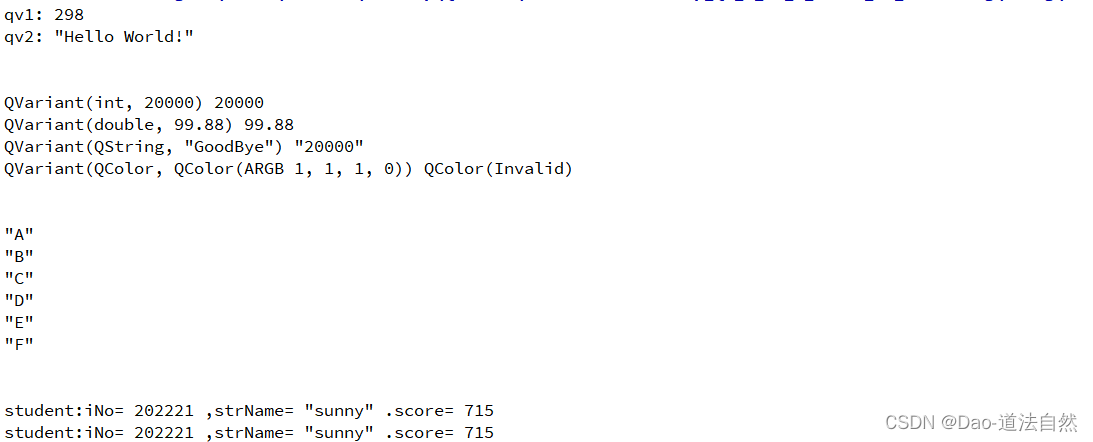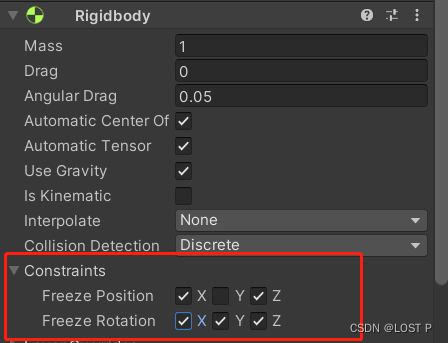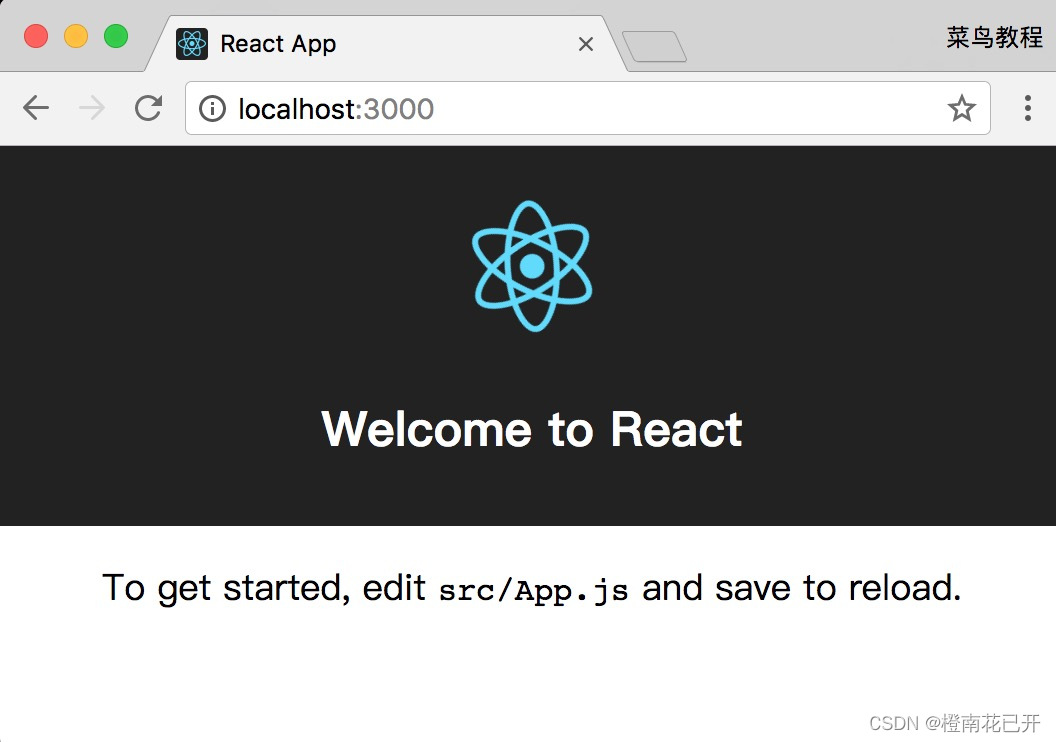原文:读懂 FastChat 大模型部署源码所需的异步编程基础 - 知乎
目录
0. 前言
1. 同步与异步的区别
2. 协程
3. 事件循环
4. await
5. 组合协程
6. 使用 Semaphore 限制并发数
7. 运行阻塞任务
8. 异步迭代器 async for
9. 异步上下文管理器 async with
10. 参考
本文是读懂 FastChat 大模型部署源码系列的第二篇,持续更新中,欢迎关注:
不理不理:读懂 FastChat 大模型部署源码所需的 Web 基础
不理不理:读懂 FastChat 大模型部署源码所需的异步编程基础
如果觉得本文有帮助,麻烦点个小小的赞~可以让更多人看到,谢谢大家啦~
0. 前言
FastChat 是 2023 年非常知名的一个大语言模型项目,该项目不仅提供了大语言模型全量参数微调、Lora参数微调、模型推断、模型量化、模型部署及调度等全套的源代码,而且还开源了他们基于 LLaMA2 底座进行指令微调的一系列 Vicuna 模型权重,因此非常适合学习和使用。
lm-sys/FastChat: An open platform for training, serving, and evaluating large language models. Release repo for Vicuna and Chatbot Arena. (github.com)github.com/lm-sys/FastChat
就 FastChat 模型部署部分而言,它分为三个部分:controller、worker、api_server。这三个服务使用 FastAPI + Uvicorn 的方式构建,都是单线程程序,且各自都支持并发
- controller 负责监控所有 workers 的状态,同时调度 worker,以保证各个同名 worker 之间的负载均衡
- worker 负责加载大语言模型的权重、tokenizer、对话模板等,同时对 api_server 传来的给定超参生成模型推断结果
- api_server 负责承接用户各种各样的 HTTP 调用请求,并最终将任务分发给 worker 进行推断。同时提供缺省参数、报错提示、序列长度检测、打印生成信息等功能
本文将会分享读懂 FastChat 模型部署源码的异步编程基础,绝不超纲(纲是 FastChat)
1. 同步与异步的区别
在传统的同步编程中,代码按照顺序逐行执行,前一个操作完成后才能执行下一个操作。若有一些耗时的操作则会导致整个程序的阻塞,降低程序的性能和响应能力。
而在异步编程中,当遇到耗时的操作(比如 IO)时不会等待操作完成,而是继续执行其他代码。这在有多个用户并发请求的情况下,异步方式编写的接口可以在 IO 等待的过程中去处理其他请求,从而提高程序的性能。

比方说我们去网上下载三张图片,使用同步编程实现:
import requests # requests 是仅支持同步编程的http请求库
def download_img(url):
print("开始下载:", url)
response = requests.get(url) # 发送请求, 下载图片
file_name = url.rsplit('_')[-1]
with open(file_name, mode='wb') as f: # 将图片保存到本地
f.write(response.content)
print("下载完成")
if __name__ == '__main__':
url_list = [
'https://img.zcool.cn/community/014bbb554355150000019ae919906f.jpg@1280w_1l_2o_100sh.jpg',
'https://pic.ntimg.cn/20131112/10370254_003820848001_2.jpg',
'https://pic.ntimg.cn/file/20170926/9885883_140434796000_2.jpg'
]
for item in url_list:
download_img(item)
# 运行结果:
# 开始下载: https://img.zcool.cn/community/014bbb554355150000019ae919906f.jpg@1280w_1l_2o_100sh.jpg
# 下载完成
# 开始下载: https://pic.ntimg.cn/20131112/10370254_003820848001_2.jpg
# 下载完成
# 开始下载: https://pic.ntimg.cn/file/20170926/9885883_140434796000_2.jpg
# 下载完成假设每下载一张图片需要 1 秒,那么上述程序完整执行大概需要 3 秒,时间主要花在了 IO 部分。
若使用异步编程,则只需 1 秒左右(代码看不懂可忽略)。
import aiohttp # aiohttp 是支持异步编程的http请求库
import asyncio
async def fetch(sess, url):
print("发送请求: ", url)
async with sess.get(url, verify_ssl=False) as response:
print("等待响应: ", url)
content = await response.content.read()
file_name = url.rsplit('/')[-1]
print("开始写入: ", file_name)
with open(file_name, mode='wb') as f:
f.write(content)
async def main():
async with aiohttp.ClientSession() as sess:
url_list = [
'https://img.zcool.cn/community/014bbb554355150000019ae919906f.jpg@1280w_1l_2o_100sh.jpg',
'https://pic.ntimg.cn/20131112/10370254_003820848001_2.jpg',
'https://pic.ntimg.cn/file/20170926/9885883_140434796000_2.jpg'
]
tasks = [asyncio.create_task(fetch(sess, url)) for url in url_list]
await asyncio.wait(tasks)
if __name__ == '__main__':
asyncio.run(main())
# 运行结果:
# 发送请求: https://img.zcool.cn/community/014bbb554355150000019ae919906f.jpg@1280w_1l_2o_100sh.jpg
# 发送请求: https://pic.ntimg.cn/20131112/10370254_003820848001_2.jpg
# 发送请求: https://pic.ntimg.cn/file/20170926/9885883_140434796000_2.jpg
# 等待响应: https://pic.ntimg.cn/file/20170926/9885883_140434796000_2.jpg
# 开始写入: 9885883_140434796000_2.jpg
# 等待响应: https://pic.ntimg.cn/20131112/10370254_003820848001_2.jpg
# 等待响应: https://img.zcool.cn/community/014bbb554355150000019ae919906f.jpg@1280w_1l_2o_100sh.jpg
# 开始写入: 014bbb554355150000019ae919906f.jpg@1280w_1l_2o_100sh.jpg
# 开始写入: 10370254_003820848001_2.jpg异步程序会在发送第一张图的下载请求时,不等结果的返回就开始第二张图的下载;会在发送第二张图的下载请求时,依然不等结果的返回就开始第三张图的下载。
像上面这种经过 async 和 await 关键字装饰的函数,称之为基于协程的异步函数,这种编程方式也叫异步编程。异步编程是通过让一个线程在执行某个任务的 IO 等待时间去执行其他任务,从而实现并发。
2. 协程
定义形式为 async def 的函数称之为协程(异步函数)。
# 定义一个协程函数
async def func():
pass调用协程只会创建协程对象,不会执行函数内部的代码。若想执行协程的内部代码,须配合事件循环一起使用。
协程的优势在于,能够在 IO 等待时执行其他协程,当 IO 操作结束后会自动回调至原先协程,这样就可以在节省资源的同时提高性能。另外,协程也让原本需要用异步+回调方式完成的非人类代码,用看似同步的方式写出来。
3. 事件循环
事件循环,可以把他当做是一个 while 循环,这个 while 循环会周期性的运行并执行一些任务,然后在特定条件下终止循环。
# 伪代码
任务列表 = [ 任务1, 任务2, 任务3,... ]
while True:
可执行的任务列表,已完成的任务列表 = 去任务列表中检查所有的任务,将'可执行'和'已完成'的任务返回
for 已就绪任务 in 已准备就绪的任务列表:
执行 已就绪任务
for 已完成的任务 in 已完成的任务列表:
在任务列表中移除 已完成的任务
如果 任务列表 中的任务都已完成,则终止循环如果想要执行协程函数内部的代码,需要事件循环和协程对象配合才能实现,如:
import asyncio
async def func():
print("inner code")
# 方式一
# loop = asyncio.get_event_loop() # 创建一个事件循环
# loop.run_until_complete(func()) # 将协程当做任务提交到事件循环的任务列表中,协程执行完成之后终止
# 方式二
asyncio.run(func()) # 是一个简便的写法,与方式一本质相同
# 运行结果:
# inner codeasyncio 是 Python3.4 中的新增模块,它提供了一种机制,使得你可以用协程、IO 复用在单线程环境中编写并发模型。
上述代码可以简单理解为:将协程当做任务添加到事件循环的任务列表,然后事件循环会检测列表中的协程是否已准备就绪(默认可理解为就绪状态),如果准备就绪则执行其内部代码。
4. await
await 是在 Python3.5 中引入的关键字,表示等待其后对象运行结束,后面可接协程对象、Task 对象(封装后的协程对象)、IO 操作。
- await 后接 IO 操作时,会将当前协程(任务)挂起,事件循环此时会协调执行其他协程(任务),等 IO 操作完成之后,不管程序当前在执行哪个协程(任务),都会返回原先协程的挂起处继续往下执行。通常我们会使用 asyncio.sleep(t) 让当前协程阻塞 t 秒,以模拟 IO 操作
- await 后接协程对象或 Task 对象时,也会将当前协程挂起,转而去运行指定的协程或 Task。另外,当且仅当指定的协程或 Task 运行结束后,才能返回原先协程挂起的位置继续运行
值得注意的是,要调用协程,必须使用 await 关键字;另外也不能在同步函数里使用 await,否则会报错。下面使用异步编程方式执行 1+2=3 的计算过程。
import asyncio
async def compute(x, y):
print("Compute %s + %s ..." % (x, y))
await asyncio.sleep(1.0)
return x + y
async def print_sum(x, y):
print("Start compute ...")
result = await compute(x, y)
print("%s + %s = %s" % (x, y, result))
asyncio.run(print_sum(1, 2))
# 运行结果:
# Start compute ...
# Compute 1 + 2 ...
# 1 + 2 = 3- 当事件循环开始时,它会寻找协程以执行调度,因为事件循环注册了 print_sum(),所以 print_sum() 被调用
- 执行到 result = await compute(x, y) 这条语句时(等同于 result = yield from compute(x, y)),由于 compute() 自身就是一个协程,因此 print_sum() 这个协程就会被暂时挂起
- compute() 被加入到事件循环中,程序流执行 compute() 中的 print 语句,打印”Compute %s + %s …”
- 然后执行 await asyncio.sleep(1.0),因为 asyncio.sleep() 也是一个协程,接着 compute() 就会被挂起,等待计时器读秒
- 在这 1 秒的过程中,事件循环会在队列中查询其他可以被调度的协程,而因为此前 print_sum() 与 compute() 都被挂起了,因此事件循环会停下来等待协程的调度
- 当计时器读秒结束后,程序流便会返回到 compute() 中执行 return 语句,结果返回到 print_sum() 的 result 中,最后打印 result
- 由于事件队列中此时没有可以调度的任务了,因此事件队列关闭,程序结束
上述示例在 IO 等待时无法演示切换到其他任务的效果,难以体会到协程的优势,要想在程序中创建多个任务对象,就需要使用 Task。
5. 组合协程
通过 asyncio.create_task(协程对象) 方式创建 Task 对象,这样可以让协程加入事件循环中等待被调度执行。
asyncio.gather(任务列表) 会将任务列表中传入的一系列任务合并成一个组合协程,其内部也是异步执行的。组合协程总的执行时间取决于任务列表中最耗时的那个任务,同时也只有当任务列表中的所有任务都执行完毕,才能返回主协程挂起处继续执行剩余的代码。
import asyncio
async def func(n):
print("start: ", n)
await asyncio.sleep(n * 0.1) # 模拟IO操作
print("end: ", n)
return n
async def main():
# 按顺序在任务列表中分别添加四个任务
tasks = [asyncio.create_task(func(i)) for i in range(1, 5)]
# 组合协程的执行时间取决于tasks中最耗时的那个任务
complete = await asyncio.gather(*tasks)
# 只有所有任务都执行完毕才能执行下面的语句
# 返回值顺序同tasks内部元素的定义顺序
for i in complete:
print("当前数字: ", i)
asyncio.run(main())
# 运行结果:
# start: 1
# start: 2
# start: 3
# start: 4
# end: 1
# end: 2
# end: 3
# end: 4
# 当前数字: 1
# 当前数字: 2
# 当前数字: 3
# 当前数字: 4- 程序开始时事件循环中仅有 main() 协程,因此首先执行主协程 main()
- 主协程先后将 func(1)、func(2)、func(3)、func(4) 四个协程作为任务添加到 tasks 中,随后 asyncio.gather(*tasks) 执行由 tasks 组成的组合协程,因此这四个协程也被先后添加到事件循环中。此时主协程在 complete = await asyncio.gather(*tasks) 处被挂起,等待组合协程全部运行完毕后的返回结果
- 事件循环首先执行 func(1),运行到 asyncio.sleep(0.1) 时,func(1) 协程会被挂起,事件循环在这短暂的睡眠时间(模拟 IO)查询其他可以运行的协程。由于 main()、func(1) 都被挂起,此时事件循环中还剩余 func(2)、func(3)、func(4) 三个协程
- 事件循环随后执行 func(2),运行到 asyncio.sleep(0.2) 时,func(2) 协程也被挂起,此时事件循环中还剩余 func(3)、func(4) 两个协程
- 事件循环执行 func(3),运行到 asyncio.sleep(0.3) 时,func(3) 被挂起,事件循环中还剩 func(4) 协程
- 事件循环执行 func(4),运行到 asyncio.sleep(0.4) 时,func(4) 被挂起。此时事件循环中没有其他可执行的任务,因此等待读秒结束
- 由于 func(1) 只睡 0.1 秒,因此首先苏醒。事件循环接着 func(1) 协程 asyncio.sleep(0.1) 的地方继续往下运行,打印字符后 func(1) 结束运行
- 又过了约 0.1 秒,asyncio.sleep(0.2) 读秒结束,事件循环接着 func(2) 协程 asyncio.sleep(0.2) 的地方继续往下运行,打印字符后 func(2) 也结束运行
- 同理,func(3) 和 func(4) 也先后苏醒,并接着挂起的地方运行直至结束
- 结果返回到主协程 main() 的 complete 中,四个协程的返回结果按顺序打印,程序结束
6. 使用 Semaphore 限制并发数
由于异步编程也仅是单线程运行,为了防止服务超载,我们有时候需要使用 asyncio.Semaphore(n) 限制最大并发数量。
asyncio.Semaphore(n) 内部管理一个计数器,计数器的初始值为 n,即最大并发数量。该计数器由 acquire() 调用递减,release() 调用递增,且计数器永远不会低于零。
如果并发数没有达到上限,那么 acquire() 会瞬间执行完成,进入正式代码中。如果并发数已经达到了限制,那么其他的协程会阻塞在 acquire() 这个地方,直到正在运行的某个协程调用 release(),才会放行一个新的协程。
import asyncio
from datetime import datetime
async def func(n, semaphore):
print(f"time: {datetime.now().strftime('%H:%M:%S')} func {n} enter") # 第5行
# ----------------------------------------------------------------------------------
await semaphore.acquire() # 第7行
print(f"time: {datetime.now().strftime('%H:%M:%S')} func {n} start") # 第8行
await asyncio.sleep(2) # 第9行
print(f"time: {datetime.now().strftime('%H:%M:%S')} func {n} Semaphore(value={semaphore._value}, locked={semaphore.locked()})")
semaphore.release() # 第11行
# ----------------------------------------------------------------------------------
# 横线里的这段代码等价于
# async with semaphore:
# print(f"time: {datetime.now().strftime('%H:%M:%S')} func {n} start")
# await asyncio.sleep(2)
# print(f"time: {datetime.now().strftime('%H:%M:%S')} func {n} Semaphore(value={semaphore._value}, locked={semaphore.locked()})")
print(f"time: {datetime.now().strftime('%H:%M:%S')} func {n} end") # 第18行
return n
async def main():
semaphore = asyncio.Semaphore(3)
tasks = [asyncio.create_task(func(i, semaphore)) for i in range(6)]
complete = await asyncio.gather(*tasks)
for i in complete:
print("当前数字: ", i)
asyncio.run(main())
# 运行结果:
# time: 14:15:29 func 0 enter
# time: 14:15:29 func 0 start
# time: 14:15:29 func 1 enter
# time: 14:15:29 func 1 start
# time: 14:15:29 func 2 enter
# time: 14:15:29 func 2 start
# time: 14:15:29 func 3 enter
# time: 14:15:29 func 4 enter
# time: 14:15:29 func 5 enter
# time: 14:15:31 func 0 Semaphore(value=0, locked=True)
# time: 14:15:31 func 0 end
# time: 14:15:31 func 1 Semaphore(value=1, locked=False)
# time: 14:15:31 func 1 end
# time: 14:15:31 func 2 Semaphore(value=2, locked=False)
# time: 14:15:31 func 2 end
# time: 14:15:31 func 3 start
# time: 14:15:31 func 4 start
# time: 14:15:31 func 5 start
# time: 14:15:33 func 3 Semaphore(value=0, locked=True)
# time: 14:15:33 func 3 end
# time: 14:15:33 func 4 Semaphore(value=1, locked=False)
# time: 14:15:33 func 4 end
# time: 14:15:33 func 5 Semaphore(value=2, locked=False)
# time: 14:15:33 func 5 end
# 当前数字: 0
# 当前数字: 1
# 当前数字: 2
# 当前数字: 3
# 当前数字: 4
# 当前数字: 5- 事件循环执行主协程 main(),主协程运行至 asyncio.gather(*tasks) 处挂起,等待组合协程的运行结果
- 首先执行任务列表中的 func0,打印“func 0 enter”,由于此时并发数为1,因此 acquire() 瞬间执行完毕并打印“func 0 start”。随后遇到 asyncio.sleep(2),func0 被挂起
- 事件循环执行 func1,打印“func 1 enter”,由于此时并发数为2,因此 acquire() 瞬间执行完毕并打印“func 1 start”。之后遇到 asyncio.sleep(2),func1 也被挂起
- func2 同理,执行到 asyncio.sleep(2) 时被挂起。
- 随后执行 func3,打印“func 3 enter”,运行到 acquire() 时,由于此时并发数量为 3(func0、func1、func2 并未执行 release()),因此 func3 卡在 acquire() 处并被挂起
- 执行 func4,打印“func 4 enter”,由于并发数量已达上限,因此 func4 卡在 acquire() 处并被挂起; func5 同理,打印“func 5 enter”后在 acquire() 处挂起
- 因为事件循环中现在没有其他可执行的协程,所以等待 sleep 读秒结束
- func0、func1、func2 同样是睡 2 秒,func0 先睡因此先醒。事件循环接着 func0 的 asyncio.sleep(2) 挂起处继续往下执行 ,运行到 release() 时,并发数减1。此时允许其他协程执行 acquire(),不过因为是单线程运行,还没运行到 func3,因此 func3 依然处于挂起状态。func0 打印两段信息后运行结束
- func1 随后苏醒,接着 func1 asyncio.sleep(2) 挂起处继续往下执行,运行到 release() 时,并发数再减1。func1 打印两段信息后运行结束;func2 同理
- 此时回到 func3 acquire() 挂起处继续往下执行,由于此时的并发数量为0,因此 acquire() 瞬间执行完毕并在 asyncio.sleep(2) 处挂起
- 随后回到 func4 acquire() 挂起处继续往下执行......
7. 运行阻塞任务
阻塞任务是指阻止当前线程继续进行的任务,如果在 asyncio 程序中执行阻塞任务,它会停止整个事件循环,从而阻止其他协程在后台运行。
我们可以通过 asyncio.to_thread(func()) 函数在程序中另开一个单独的线程,异步运行阻塞任务,该函数返回一个可被等待以获取 func() 最终结果的协程。
import asyncio
import time
import datetime
def blocking_task():
print(f"time: {datetime.datetime.now().strftime('%H:%M:%S')} blocking_task start")
time.sleep(5)
print(f"time: {datetime.datetime.now().strftime('%H:%M:%S')} blocking_task end")
return "blocking_task Done"
async def func(n):
print(f"time: {datetime.datetime.now().strftime('%H:%M:%S')} func {n} start")
await asyncio.sleep(2)
print(f"time: {datetime.datetime.now().strftime('%H:%M:%S')} func {n} end")
return f"func {n} Done"
async def main():
# 可以尝试用blocking_task(); tasks = [asyncio.create_task(func(i)) for i in range(3)]替换下面这句, 看看会发生什么
tasks = [asyncio.to_thread(blocking_task)] + [asyncio.create_task(func(i)) for i in range(3)]
complete = await asyncio.gather(*tasks)
for i in complete:
print("当前结果: ", i)
asyncio.run(main())
# 运行结果:
# time: 15:00:53 func 0 start
# time: 15:00:53 func 1 start
# time: 15:00:53 func 2 start
# time: 15:00:53 blocking_task start
# time: 15:00:55 func 0 end
# time: 15:00:55 func 1 end
# time: 15:00:55 func 2 end
# time: 15:00:58 blocking_task end
# 当前结果: blocking_task Done
# 当前结果: func 0 Done
# 当前结果: func 1 Done
# 当前结果: func 2 Done可以看到,另起一个线程异步运行阻塞任务时,完全不影响事件循环中其他协程的运行。
8. 异步迭代器 async for
for 循环遍历一个可迭代对象时,遍历过程中无法执行其他任务,而 async for 语法允许我们在异步环境下遍历可迭代对象。
import asyncio
async def a_generator():
for i in range(3):
await asyncio.sleep(1) # 模拟IO耗时操作
yield i
async def iter_func():
print(f"iter_func start")
async for item in a_generator():
print(item)
print(f"iter_func end")
return 'iter_func Done'
async def func(i):
print(f"func{i} start")
await asyncio.sleep(1.5) # 模拟IO耗时操作
print(f"func{i} end")
return f'func{i} Done'
async def main():
tasks = [asyncio.create_task(func(1)), asyncio.create_task(iter_func()), asyncio.create_task(func(2))]
complete = await asyncio.gather(*tasks)
for i in complete:
print("当前结果: ", i)
asyncio.run(main())
# 运行结果:
# func1 start
# iter_func start
# func2 start
# 0
# func1 end
# func2 end
# 1
# 2
# iter_func end
# 当前结果: func1 Done
# 当前结果: iter_func Done
# 当前结果: func2 Done从上述示例中可以看出,运行 async for item in a_generator() 时不会因为还没迭代结束就阻塞事件循环,而是会在 IO 时协调运行其他协程。
9. 异步上下文管理器 async with
使用 with 进行上下文管理,解释器会在进入时自动调用 __enter__ 方法,退出时调用 __exit__ 方法。整个流程顺序执行,因而无法在 __enter__ 与 do_something()、do_something() 与 __exit__ 之间穿插其他任务。
class Example:
def __enter__(self):
print('enter') #进入资源
return self
def __exit__(self, exc_type, exc_val, exc_tb):
print('exit') #释放资源
def do_something(self):
print('do_something')
with Example() as example:
example.do_something()
# 运行结果:
# enter
# do something
# exitasync with 称为异步上下文管理器,能够将其进入的 __enter__ 和退出的 __exit__ 函数暂时挂起,以执行事件循环中的其他协程。为了实现这样的功能,需要加入两个新的方法:__aenter__ 和 __aexit__,这两个方法都需要返回 awaitable 类型的值。
import asyncio
async def log(text):
await asyncio.sleep(0.1)
print(text)
class AsyncContextManager:
async def __aenter__(self):
await log('entering context')
async def __aexit__(self, exc_type, exc, tb):
await log('exiting context')
async def run_async_with():
print("async with func start")
async with AsyncContextManager() as c:
print("使用 async with 来管理异步上下文")
print("async with func end")
return f"async with func Done"
async def func(i):
print(f"func{i} start")
await asyncio.sleep(1) # 模拟IO耗时操作
print(f"func{i} end")
return f'func{i} Done'
async def main():
tasks = [
asyncio.create_task(func(1)),
asyncio.create_task(run_async_with()),
asyncio.create_task(func(2))
]
complete = await asyncio.gather(*tasks)
for i in complete:
print("当前结果: ", i)
asyncio.run(main())
# 运行结果:
# func1 start
# async with func start
# func2 start
# entering context
# 使用 async with 来管理异步上下文
# exiting context
# async with func end
# func1 end
# func2 end
# 当前结果: func1 Done
# 当前结果: async with func Done
# 当前结果: func2 Done10. 参考
【精选】多任务编程事件循环_fastapi事件循环代码入口_发呆的比目鱼的博客-CSDN博客
从0到1,Python异步编程的演进之路 - 知乎 (zhihu.com)
Python协程 & 异步编程(asyncio) 入门介绍 - 知乎 (zhihu.com)
一份详细的asyncio入门教程 - 知乎 (zhihu.com)
Python 为什么需要async for和async with|极客笔记 (deepinout.com)
with与async with - 简书 (jianshu.com)
Python 3.5+ 协程 ( coroutines ) 之 async with 表达式 - 简单教程,简单编程 (twle.cn)
Python asyncio.Semaphore用法及代码示例 - 纯净天空 (vimsky.com)
如何使用 asyncio 限制协程的并发数 - 侃豺小哥 - 博客园 (cnblogs.com)
Python 异步: 在 Asyncio 中运行阻塞任务(14) - 知乎 (zhihu.com)
如有错误,欢迎指正!近期也在加紧制作一期 FastChat 大模型部署时的并发及调度原理详解,敬请期待
发布于 2023-11-17 01:18・IP 属地上海
